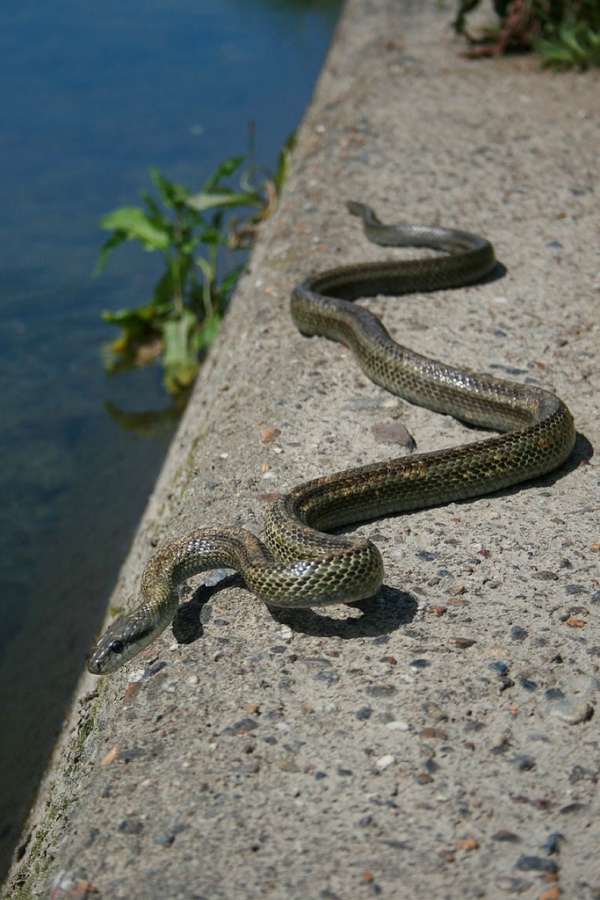Facts About Japanese rat snake
The Japanese rat snake, or *Elaphe climacophora*, is a medium-sized, non-venomous snake indigenous to the Japanese archipelago. Locally, it is known as "aodaishō" which translates to "blue general." These snakes belong to the colubrid family and face natural predators such as eagles and raccoon dogs. They hibernate for three to four months, emerging in the spring to mate and subsequently laying 7–20 eggs in early summer.
Adult Japanese rat snakes typically measure between one and two meters in length, with a girth of approximately five centimeters. Their coloration ranges from pale yellow-green to dark blue-green. Juvenile snakes exhibit a brown-striped pattern that mimics the venomous mamushi, providing them with a measure of protection. An albino variant exists, particularly near Iwakuni, known as "Iwakuni white snakes." These albino snakes are considered sacred, believed to be messengers of deities and protectors of mountains and rivers. In 1924, this albino population was designated a "national monument."
In terms of diet, Japanese rat snakes are opportunistic feeders, consuming small animals such as rodents, frogs, and lizards. They are also adept climbers and frequently raid bird nests. This behavior makes them effective at controlling rat populations but less popular among those who keep chickens.
Interestingly, at the Exotarium Oberhof reptile zoo in Germany, Japanese rat snakes have successfully bred with *Elaphe schrenckii*, resulting in fertile hybrids that closely resemble *Elaphe taeniura* offspring.
